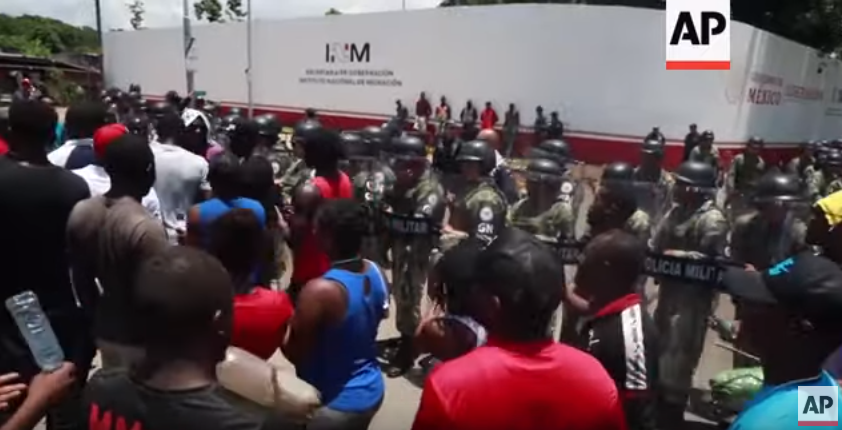Cause damn, that shit is fascinating when it comes to force projection
Still, remarkable readiness levels in MA militia companies
Better equipping, but very little training time for regiments. That's where you get Bull Run from
The Army botched the MOB process & more guardsmen died of disease CONUS than of enemy action OCONUS
I'm glad smarter heads than my own are looking at these issues






